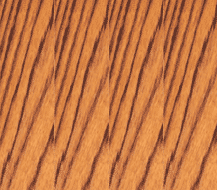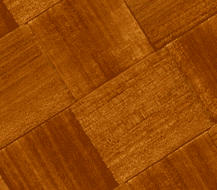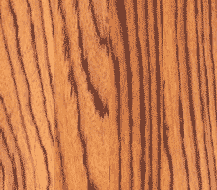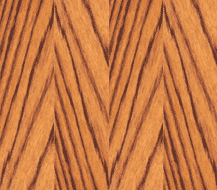

Veneer is a thin sheet/ slice of wood of uniform thickness produced by peeling, slicing, or sawing. Traditionally veneer was sawn. But now a days, veneer is obtained either by "peeling" the trunk of a tree or by slicing large rectangular blocks of wood known as flitches.
The appearance of the grain and figure in wood comes from the method
of slicing through the growth rings of a tree
and also depends upon the angle at which the wood is sliced.
There are several methods used to create various grain patterns.
The most commonly produced patterns are:
Various visual effects can be achieved by different methods of joining.






The most widely used method. The veneer leaves are alternatively folded out as if opening the centre spread of a book, so that one veneer leaf is a mirror image of the next.

The veneer leaves are kept face up and laid side by side. This style results in the same grain pattern being repeated at the width of each leaf.

Two veneer leaves are interwoven in to create a diagonally overlapping, interweaving pattern

Individual leaves are random matched for effect. This is done to disperse characteristics such as clusters of knots more evenly across the sheet.

Veneer leaves are slip matched, then every second leaf is turned end for end. The method is used to “balance” crowns in the leaves so that all the crowns do not appear at one end.